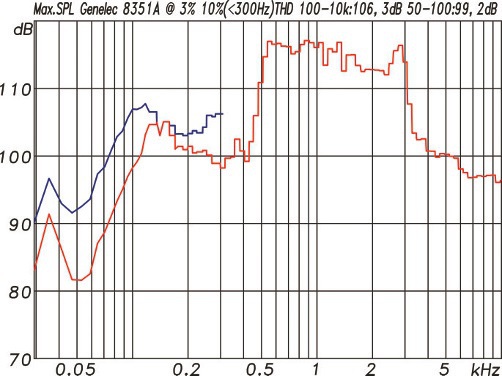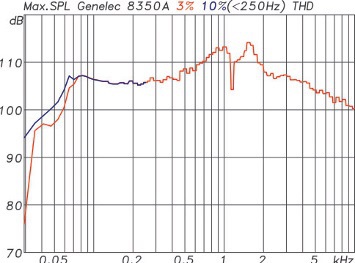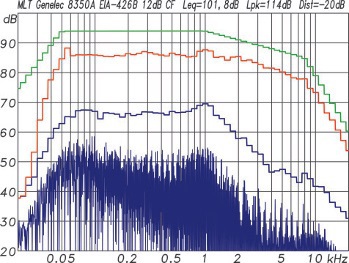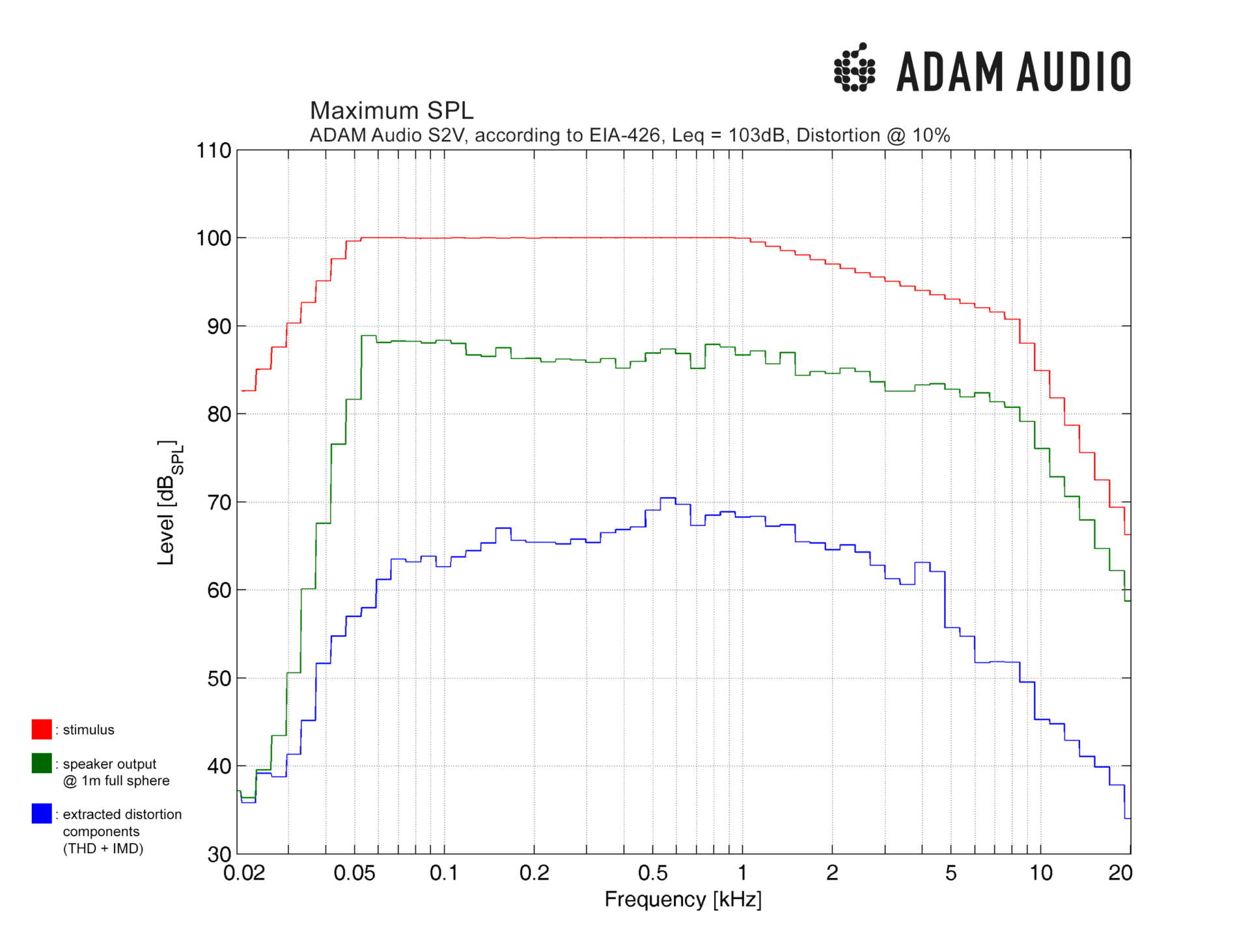Audible how? As a decay? Chances are that rooms where we listen to our speakers have a decay for at least 10-100 times longer at any audible frequency than what cabinet resonance produces.
So once it effects have been EQ-ed not to show in FR how exactly are we supposed to hear it? As a distortion?
That's what I've been trying to figure out

. Might it actually be a lack of distortion since presumably drivers don't have to work as hard when the cabinet is "helping" them out? Is it directivity because resonances have their own uneven directivity properties (they generally show up at all angles but maybe they vary subtly between angles?)
No, you are wrong because you don't understand.
An internet search doesn't teach one much, though most people seem to think it does.
The fact that the Olive and Toole work has a plethora of disciples it that it is published and good stuff but doesn't cover the whole subject by any means.
There is other work, maybe more commercially valuable, which remains confidential.
I am only trying to help. If you do not have the aptitude to try to understand I apologise and won't try to help you any more, but would suggest you stop adding information which is technically incorrect to this thread.
EDIT: Sorry, I just saw you had replied to one of my other posts where you spoke in more detail.
It doesn't really help though. It's kind of like saying the united nations is actually run by tiny little zebras wearing polkadot hats, but only the most elite world leaders can meet them. So we should just believe you because you say you've seen the zebras 
We all want to go beyond Toole and Olive, but we need to see the data. I don't know that anyone here necessarily believes resonances are completely gone with EQ, but a lot of us have been led to believe that if they've been removed from the frequency domain on and off axis, they shouldn't be audible. So if you have evidence to the contrary, I welcome it with open arms. But so long as that data to the contrary remains confidential, there's no reason to believe the effects of resonances are significantly audible once EQ'd out.
The German "Audio magazine" (06-2019, audio.de) has measured the Reaktor 900. According to their statement, the low bass remains up to about 80dB@1m. A limiter prevents higher sound pressure for the low bass (everything below 40Hz).
At 85dB the limiter starts at about 50Hz, at 90dB a bit higher again about 60Hz.
At a sound pressure of 90dB@1m THD at 200Hz is over 4% and in the range 500-1000Hz still just under 3%.
If 2nd order harmonic distortions are dominant, a slightly higher sound pressure level without audible loss of sound quality would be conceivable.
Since the Reaktor 900 uses a small full range driver, the multitone distortion behavior would have to be looked at more closely - but I have no data on this.
Thanks for that! Do you have a link? I can't seem to find it. But from what you say, it, seems I was way off, ahem,
bass.
That said... 80dB @1m - say 83 dB for stereo - seems much too low given my in-room measurements. That's ~73.5dB at my listening position with stereo speakers. So how am I getting ~96dB at 30Hz my listening position and 30Hz? Even factoring in room gain doesn't give me 23dB worth of extra bass... What am I missing?
In any case, from a practical standpoint, it's all the bass I personally need with more than enough headroom for my 75dBish typical listening levels. But I'd like to understand better what's going on.




